What’s the Buzz
The Bee Healthy Blog
How Does Narcan Work?

Opioid addiction is an epidemic in the United States. Since 1999, overdose deaths involving opioid drugs have increased by six times. Currently, over 70% of all drug overdoses involve opioids. Nearly 50,000 people die from opioid overdoses each year.
But opioid overdoses do not have to be fatal. A safe, FDA-approved medication called naloxone (brand name Narcan) can reverse an opioid overdose within minutes and save a life. Continue reading to learn more about Narcan, including how it works and when and how to use it.
Why do opioid overdoses happen?
Opioids, also called narcotics, are powerful drugs that can be habit-forming. They include prescription pain relievers such as oxycodone (OxyContin), hydrocodone (Vicodin), tramadol (Ultram), and fentanyl (Duragesic) as well as the illegal drug heroin.
When used as prescribed for a short period for pain relief, prescription opioids are generally safe. However, people who use these medications are at risk of opioid addiction and overdose. The risks are higher if the medications are misused, i.e., they are not taken according to the prescribing doctor’s instructions, they are used to get high, they are obtained from someone other than a healthcare provider, or they are mixed with other substances such as alcohol, illegal drugs, or medications like Xanax and Valium. While many practices and hospitals now use opioids as a last resort, many still prescribe them without the correct patient criteria.
Opioids affect a part of the brain that controls breathing. When someone takes a high dose of these drugs, it can lead to an overdose with slowed or stopped breathing and even death.
How to recognize an opioid overdose?
An opioid overdose is a medical emergency and requires rapid diagnosis and treatment. The most common signs of an opioid overdose include a pale and clammy face, limp body, purple or blue lips and fingernails, vomiting or gurgling noises, loss of consciousness, slowed, shallow, or stopped breathing, slow heartbeat, miosis (constricted pupils) and low blood pressure.
What is Narcan? How does it work?
Narcan (generic: naloxone) is a medicine that quickly reverses an opioid overdose. It can be administered by injection or nasal spray. Narcan is an opioid antagonist. This means it is an antidote to opioids that works by blocking their effects. Naloxone works by attaching to the same opioid receptors in the brain as opioid drugs and displacing them. Essentially, Narcan blocks the receptors and reverses the effects of opioid drugs. Giving Narcan during an opioid overdose can rapidly restore normal respiration and save a life.
Notably, Narcan is not a treatment for opioid addiction or opioid use disorder. If a loved one has developed opioid addiction, they should get the appropriate medical care from a doctor or visit an addiction treatment center.
Also, Narcan is not effective in treating overdoses of other drugs such as benzodiazepines (Xanax, Valium), cocaine, methamphetamines, or MDMA (Ecstasy/Molly).
Is naloxone safe?
Naloxone is approved by the Food and Drug Administration (FDA). It has been used for decades by EMS personnel to resuscitate people who have overdosed on opioids. Naloxone can be given to pregnant women in life-threatening opioid overdose situations.
Naloxone works only if someone has opioids in their system. It has no harmful effects, even at high doses, if opioids are absent. The only contraindication to naloxone is a known allergy to the medication.
When naloxone (Narcan) is administered during an opioid overdose to someone who is dependent on opioids, it can cause withdrawal symptoms. These withdrawal symptoms or side effects may include nausea, vomiting, diarrhea, stomach pain, fever, sweating, shivering, rapid heart rate, restlessness, and anxiety. Withdrawal symptoms are uncomfortable but not life-threatening.
What to do if you suspect an opioid overdose?
An opioid overdose is a medical emergency. If you suspect an opioid overdose, call 911 immediately, tell them a victim is not breathing, and give your address or location.
How to administer Narcan?
Narcan is available in two forms that are FDA-approved. The injectable form can be administered into the skin, muscle, or vein. You may need some brief training from a pharmacist or doctor on how to assemble and administer the Narcan kit, which contains a syringe and ampule of the medicine. An auto-injector is available that can be used to deliver the medicine into the muscle of the outer thigh. Also available is a pre-filled, needle-free nasal spray that does not require any assembly or special skills.
Narcan can be obtained from a pharmacy or clinic without a prescription. It should be given to anyone with a known or suspected opioid overdose. To administer Narcan, you should:
- Lay the victim flat on their back and support and tilt the head back slightly.
- Confirm the signs and symptoms of an opioid overdose (unresponsiveness, slowed breathing, and slow heart rate).
- Apply the nasal spray to one nostril and deliver the naloxone into the nose.
- After 2-3 minutes, if the victim does not improve or remains unresponsive, administer a second Narcan dose in the other nostril.
It is worth noting that opioid overdoses involving fentanyl, a powerful synthetic opioid, may require multiple doses of Narcan to reverse respiratory depression.
What to do after administering Narcan?
Giving an opioid overdose victim naloxone (Narcan) can potentially save their life while you wait for EMS to arrive. After receiving Narcan, the victim should start breathing and wake up within a few minutes. The person may be confused or agitated, so you should reassure them and tell them what’s happening.
While you wait for the ambulance, rescue breathing can be a lifesaving effort. After you have made sure the person’s airway is clear (nothing in the person’s mouth or throat is blocking the air passage), perform CPR with a combination of chest compressions and mouth-to-mouth resuscitation or hands-only chest compressions.
Keep in mind that the effects of Narcan only last 45-90 minutes. Be sure to call emergency medical services so they can take over the person’s care. Because Narcan has a short duration of effect, symptoms of overdose can sometimes return. For this reason, patients should be monitored by medical personnel for several hours afterward to ensure there are no recurrent signs of opioid toxicity.
Can Narcan nasal spray save a life in an opioid overdose?
Narcan can quickly help a person start breathing again after an opioid overdose, potentially saving their life. It is widely used by EMS personnel and first responders to prevent opioid overdose deaths. However, by the time EMS gets there, it may be too late.
Family members, friends, or the general public can save a life by using Narcan. This medicine should be distributed to opioid users and their contacts as well as anyone who might deal with an opioid overdose.
What is the success rate of Narcan?
Statistical models suggest that widespread Narcan distribution among emergency personnel, and particularly in the general public could avert 1 in 5 opioid overdose deaths. A large nationwide study found that deaths due to opioid overdoses fell by 14% after states enacted laws to make access to naloxone easier. In Massachusetts, naloxone distribution programs in the community have been found to reduce opioid overdose deaths by 11%.
What to do if someone does not respond to Narcan?
If a person with a suspected opioid overdose does not respond to Narcan, alternative explanations should be considered for their symptoms. It is likely that the person is not overdosing on opioids but on some other substance or they are experiencing a non-drug-overdose medical emergency.
References:
1. https://medlineplus.gov/opioidoverdose.html
2. https://www.drugabuse.gov/publications/drugfacts/naloxone
3. https://store.samhsa.gov/sites/default/files/d7/priv/sma18-4742.pdf
5. https://www.drugabuse.gov/publications/naloxone-opioid-overdose-life-saving-science
6. https://www.cdc.gov/opioids/data/index.html

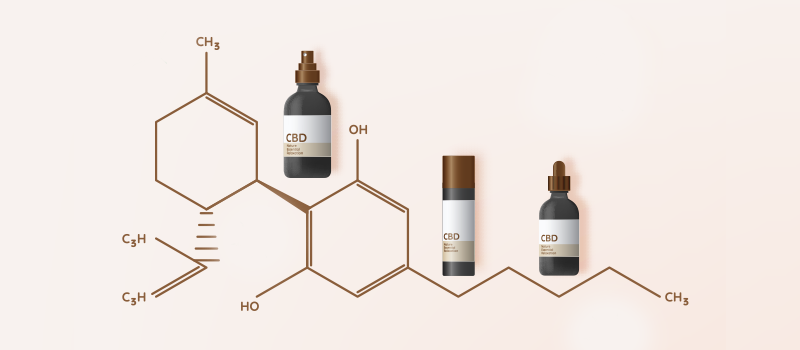
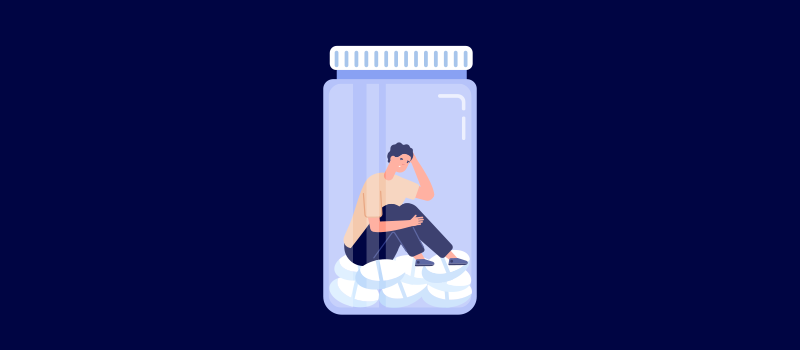

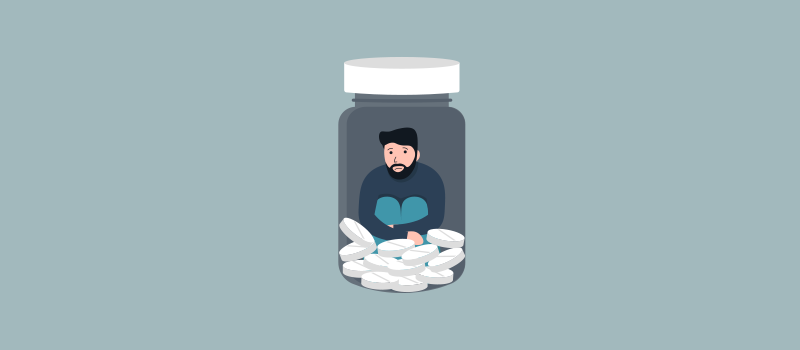

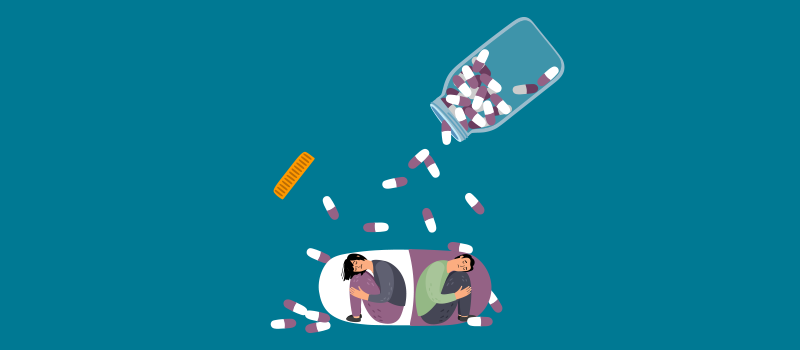

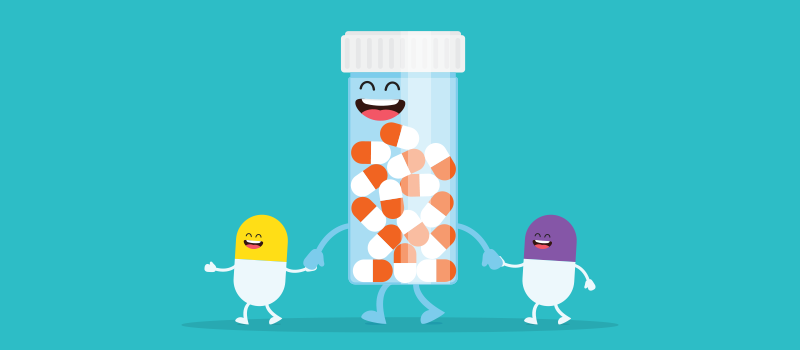

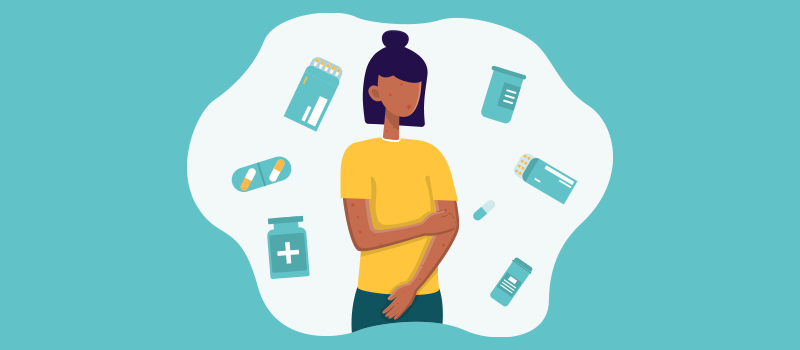
SOCIAL